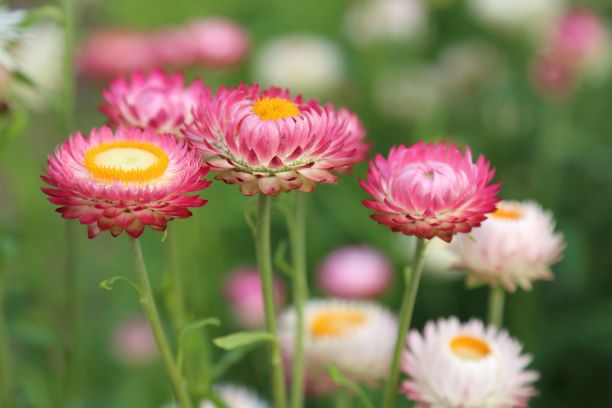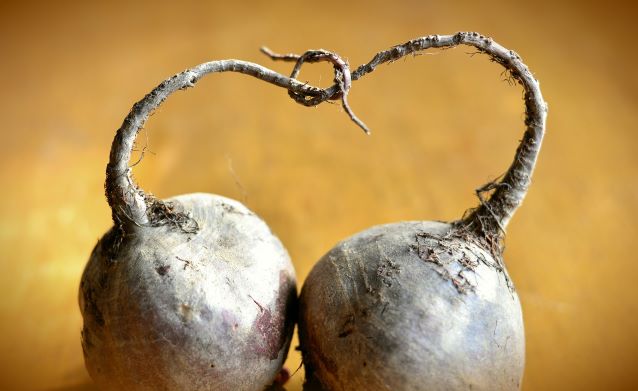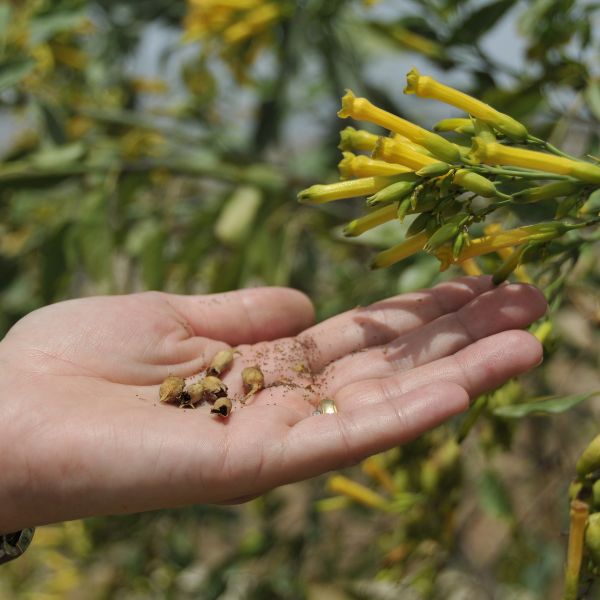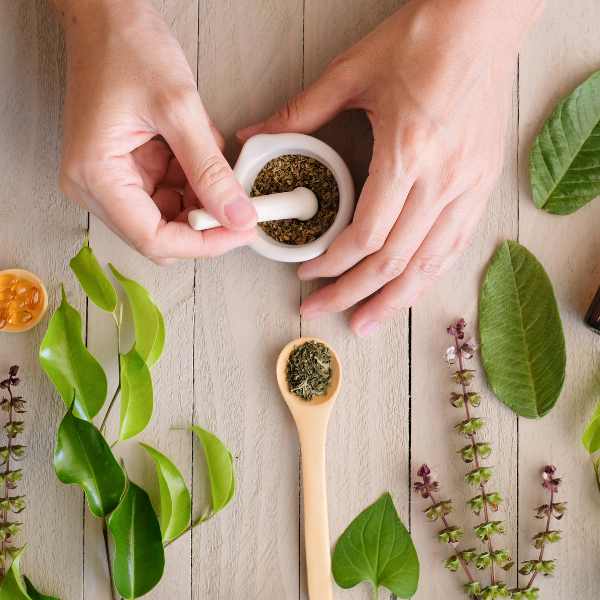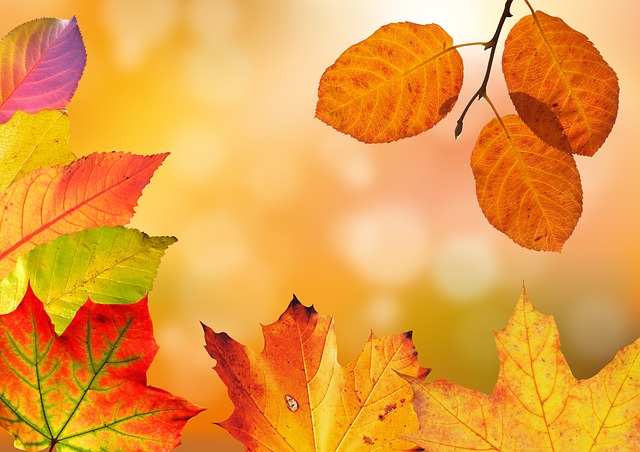The three Types of Seed to Save
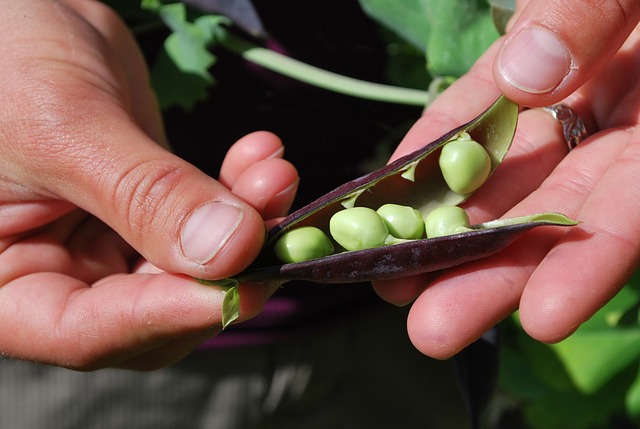
Why buy seeds when your garden is giving them away for free?
The most important seed saving rule is to save seeds from your best plants. Saving seeds from open pollinated, heirloom plants will give you plant babies that are the same as the parent. You will also have plant babies that are more acclimatised to your garden.
I have had lots of conversations, though, with people who have had success planting the seeds from vegetables bought in the supermarket or from hybrid seeds. If you have the space, there is no harm in experimenting and having a bit of fun.
There are three main types of seeds in most veggie gardens: plants with seeds in pods like peas and beans, plants with small dry seeds like parsley, kale and cauliflower and seeds in fleshy fruits, such as tomatoes, zucchini and watermelons
Collecting from pods
Seeds will be ready to harvest when pods are brown, full and dry. Simply snip off the pod, open it up to check beans are undamaged, and put them in a paper bag.
Collecting small dry seeds
Don’t let the seeds get too ripe or they will drop off and be difficult to collect. You can either tie a bag around the seed head, or pick the head and put it in a bag – but make sure it’s a paper bag, not plastic, which will make the seeds sweat and go mouldy.
Collecting seeds from fleshy fruits
Choose fruits with a good colour, which is a good indication of ripeness. The fruit should also be soft. Cut the fruit open, scoop the seeds into a sieve and wash, removing as much flesh as possible. Put the clean seeds on a dry tea towel or piece of kitchen paper to dry.
Storing seeds
Seeds must be fully dry to avoid rotting. Remove any excess vegetation. Store cleaned seed in a glass jar – add some uncooked rice to ensure they stay dry. Always remember to label jars with the crop name and date.

